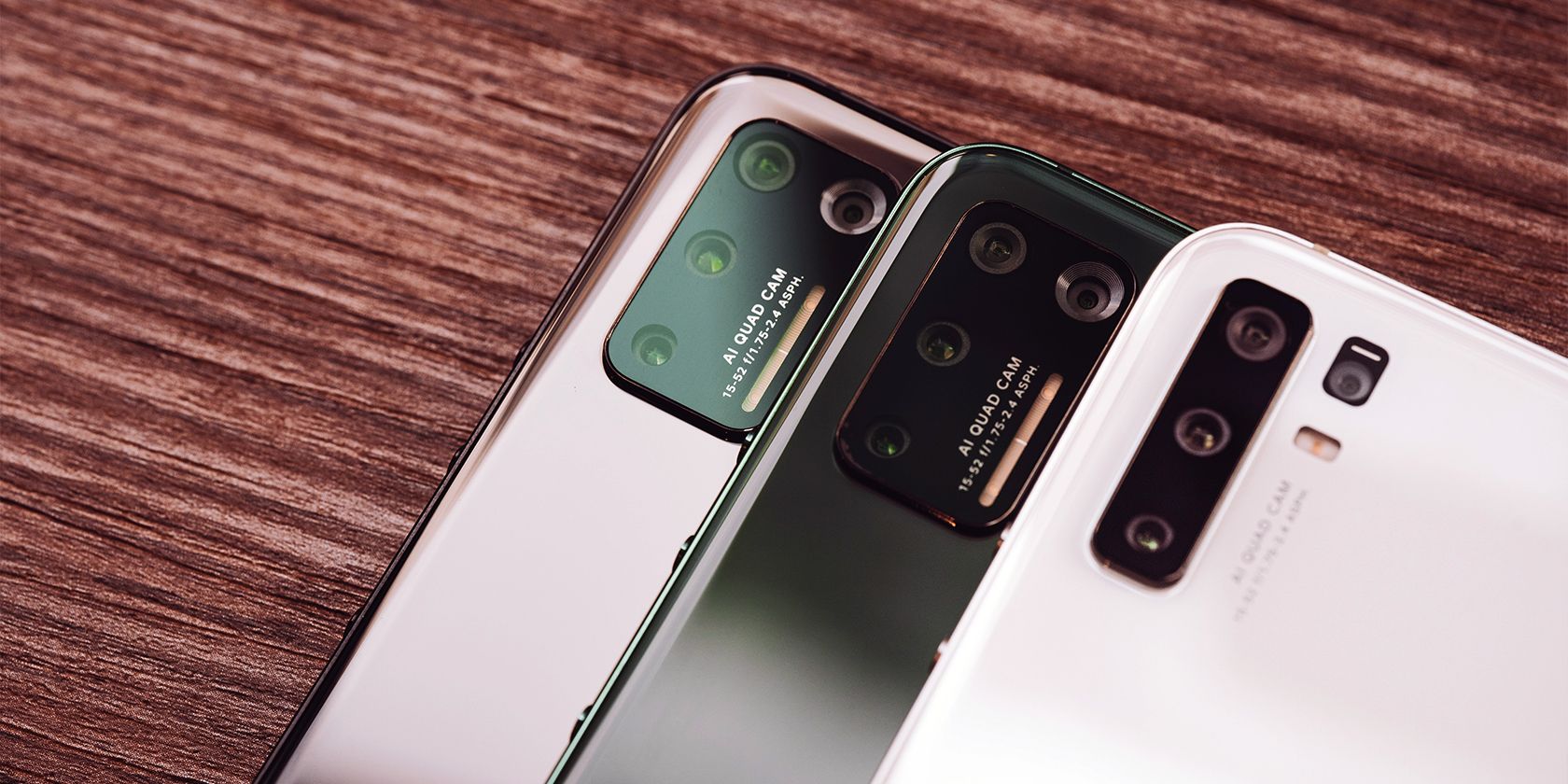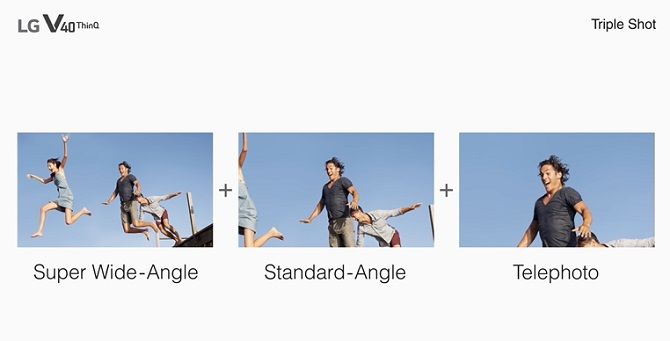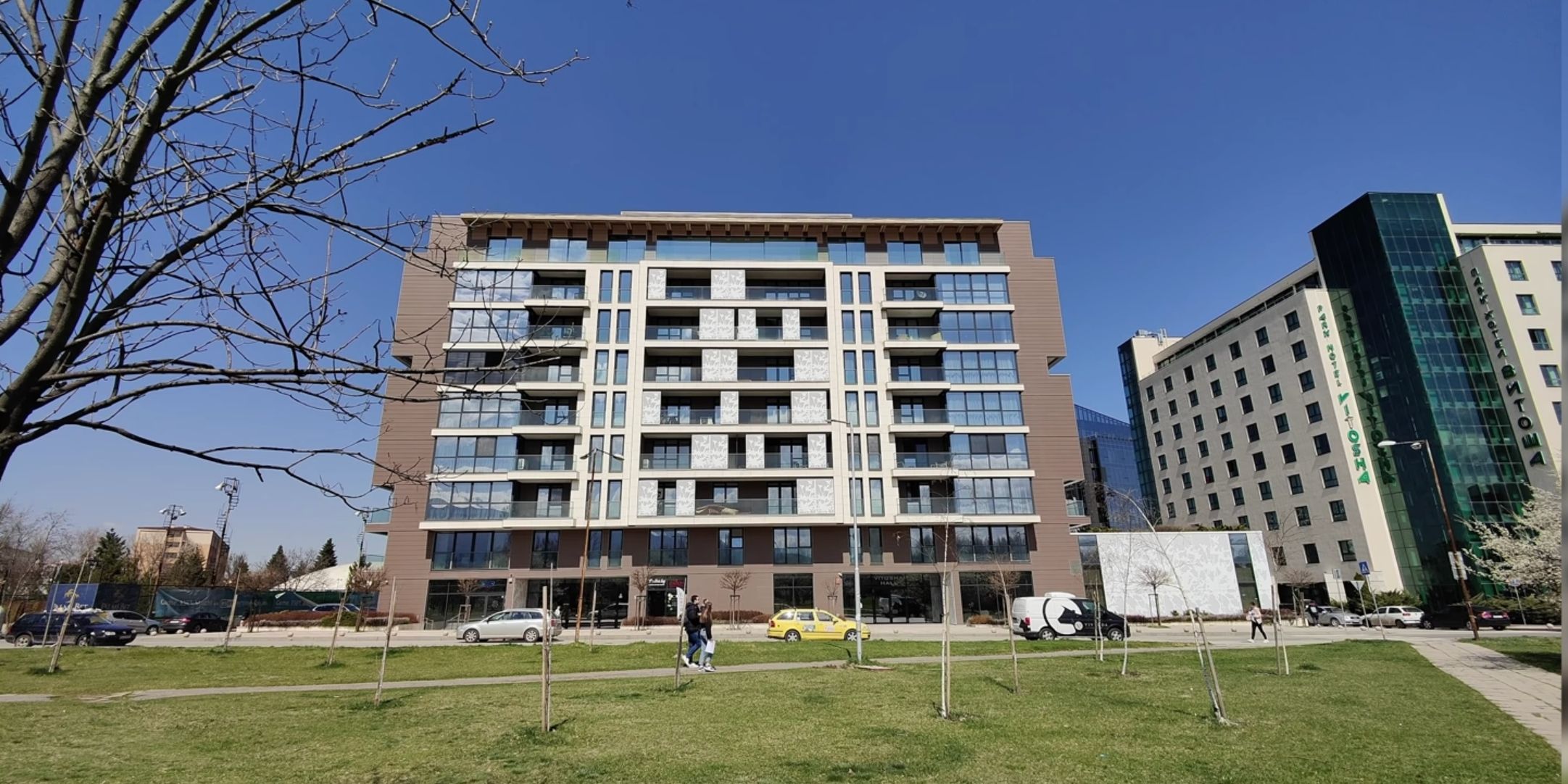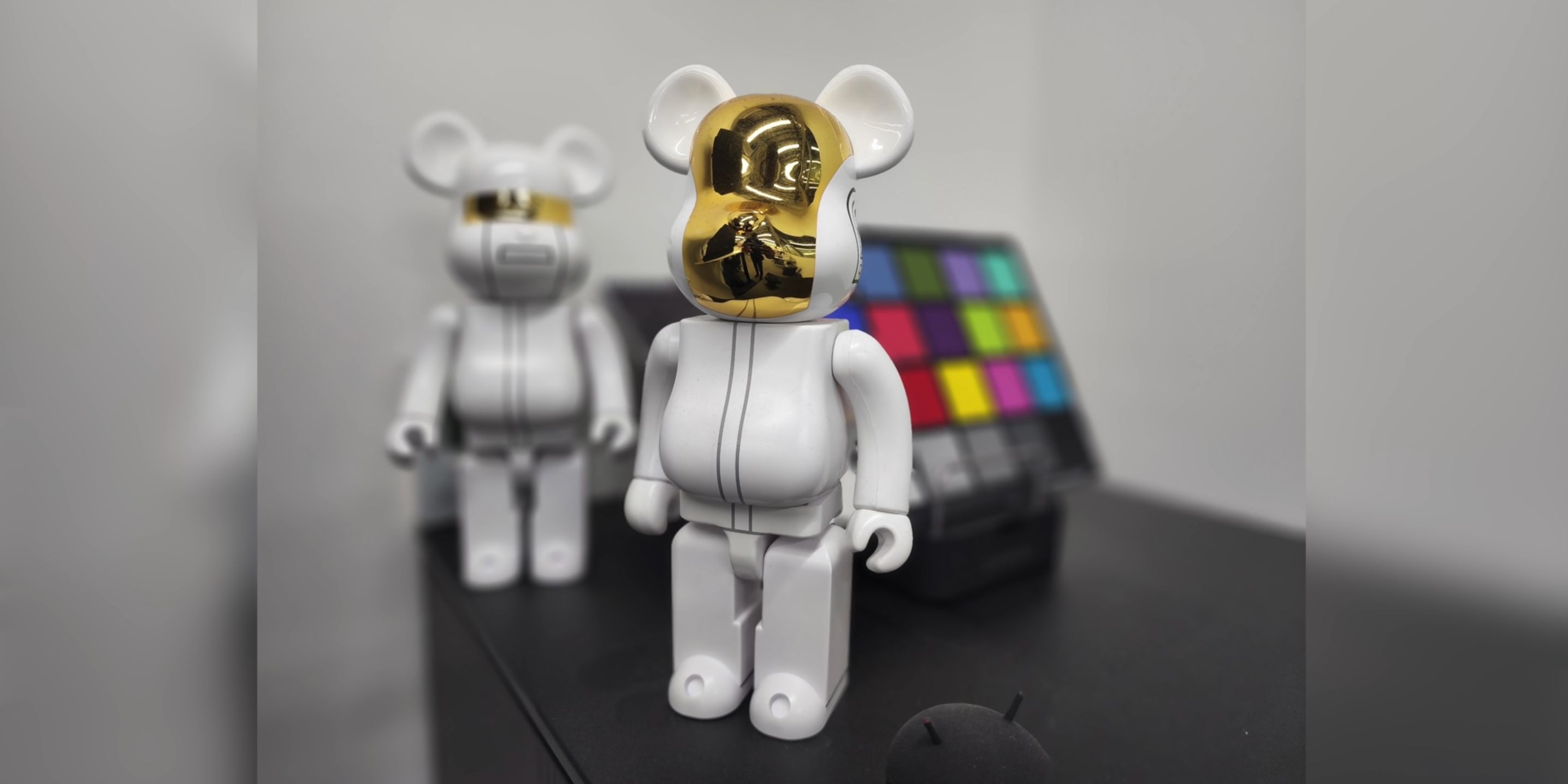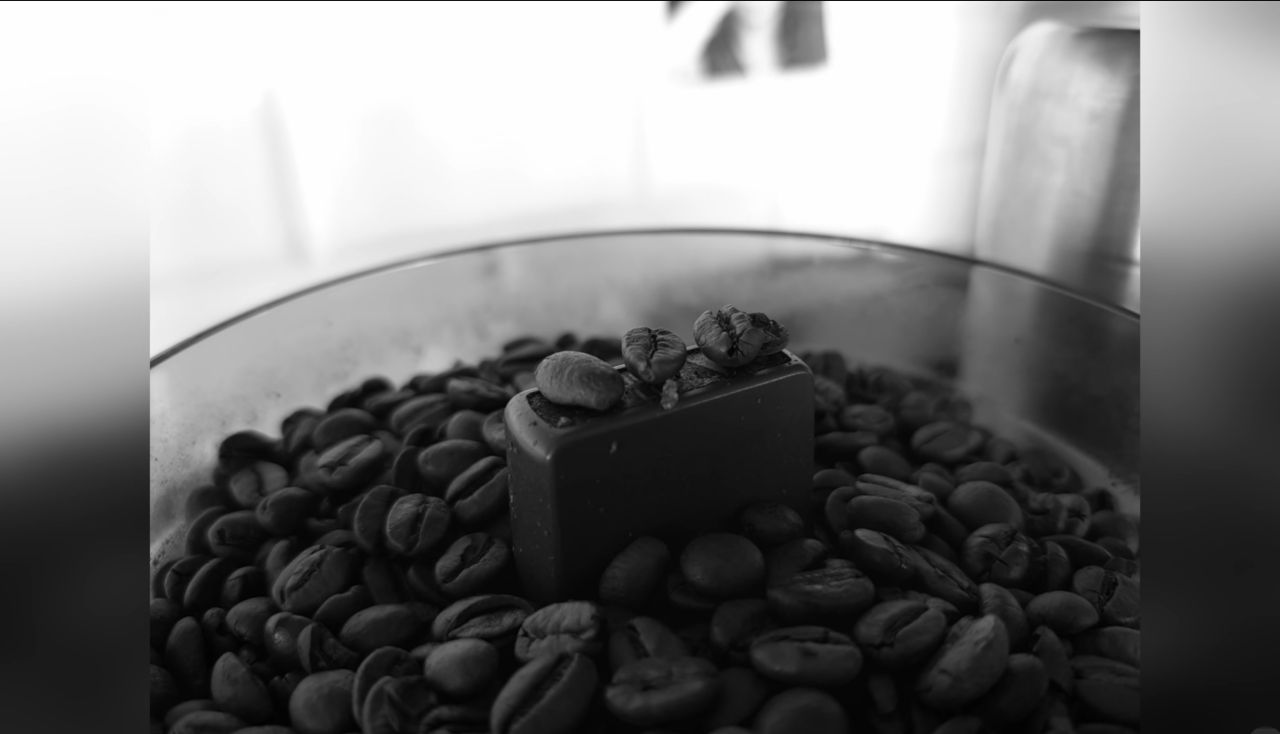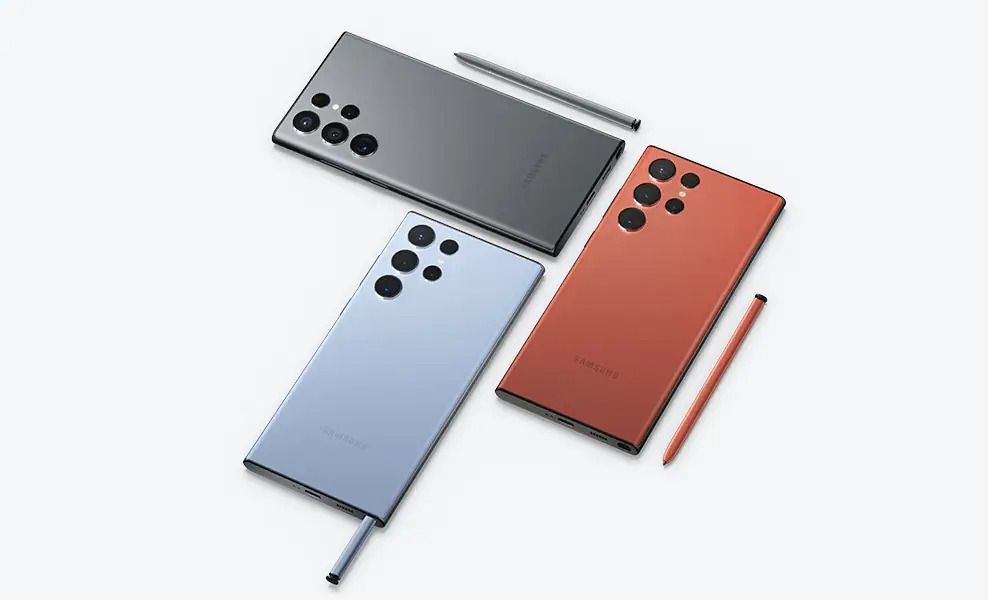Gone are the days when people had to lug around enormous cameras with short battery lives to take high-quality photos. While they can't beat a dedicated camera, smartphones are versatile, portable, and can take beautiful, high-resolution pictures.
If you've bought a new smartphone in the last few years, there's a good chance that it has two or three (or four!) cameras on the back. What do these additional cameras do? The uses of these cameras vary from phone to phone.
In this article, we'll be listing down the types of secondary lenses and how they're making your smartphone camera more powerful.
A Brief Explanation of Focal Lengths
If you've ever been in a camera store, you've probably seen the terms "10mm" or "35mm" thrown around to classify lenses or describe how shots are taken. These terms refer to focal length, which is the distance between the camera's lens and the image sensor.
Simply put, the focal length determines two things: how much it captures a scene and how much it magnifies a part of what you see.
A camera with a short focal length allows you to capture a wider image, while a long focal length allows you to magnify details from far away. Lenses for DSLR cameras normally have a range of focal lengths that they can use, such as 18mm-55mm or 9mm-18mm. Wish to know more? Check out our introduction to focal lengths in photography for more information.
The Telephoto Lens
There are two ways that a camera can zoom into a faraway subject. Many smartphones use digital zoom, which is simply enlarging a part of the captured full-resolution image. This often results in a significant loss of detail, especially at long distances.
Dedicated cameras use optical zoom. This method utilizes a telephoto lens, one of the common camera lenses on flagship phones, which lets you raise the focal length of your captured image, so you can zoom in on a subject without compromising the image quality.
While many people would like their phones to have better zoom capability, smartphone manufacturers can't include the kind of telephoto lenses in bigger cameras. Those lenses would either make devices much thicker or add an unsightly bump at the back.
Many smartphones, such as the iPhone 13 Pro and Samsung Galaxy S22 Ultra, use a second lens with a higher focal length. When you use your iPhone's 3x or 2x Optical Zoom function, what it's really doing is switching to the other lens to enlarge the image without a noticeable dip in quality.
However, budget phones use advanced image processing software to digitally zoom into photos without a dedicated telephoto lens. How well this works depends on the software of the camera app, but the results are often not quite bad. However, digital zoom still doesn't deliver image quality similar to what telephoto lenses achieve.
Other phones, such as Samsung's 2021 flagship, the Galaxy S21 Ultra, use cameras with a high megapixel count to improve their zoom. For instance, while the Galaxy S21 Ultra has a dedicated telephoto lens with 10x optical zoom capability, the 108MP camera enables the device to achieve even higher 30x and 100x zoom.
Example phones: iPhone 12 Pro, 12 Pro Max, 13 Pro, 13 Pro Max, Samsung Galaxy S22 Plus, S22 Ultra, and Oneplus 10 Pro.
The Wide-Angle and Ultra-Wide-Angle Lens
There are also times when you have to be able to capture more of the subject in an image. For example: if you're taking a photo of a sunset against the ocean or the skyline of a city. In these situations, you need a camera with a lower focal length than usual. These camera lenses are known as wide-angle and ultra-wide-angle lenses. The latter has a lower focal length and thus a larger field of view.
Unlike zoom, there is no way to recreate a wide-angle shot digitally. Therefore, wide-angle and ultra-wide-angle lenses are an especially powerful addition to a camera's arsenal. Before Huawei released the Mate 20, the LG flagships were the only smartphones with wide-angle rear cameras.
Even before wide-angle cameras were added to the rear camera setup in phones, they were already being used in front-facing cameras. As a result, they can expand the number of people that can fit in a selfie. For instance, Google's Pixel 6 and Pixel 6 Pro include front-facing wide-angle and ultra-wide-angle lenses.
Examples of Phones: OnePlus 10 Pro, Samsung Galaxy A53 5G, Google Pixel 6, and Pixel 6 Pro
The Depth Sensor
Nearly all smartphones released in the last few years have an in-built portrait mode on their camera apps. Portrait mode lets you create a "bokeh" effect by blurring the background while the foreground stays in focus. In order to help these phones create that effect, some have a camera that analyzes depth information.
On mid-range and budget phones, this type of secondary camera normally has a lower resolution than the primary camera, such as 2 or 5 megapixels. They work by detecting where the foreground ends and the background begins. This technology is commonly referred to as edge detection.
Many other types of secondary lenses double as depth sensors. For example, the OnePlus Nord CE 2 5G has an additional 8MP snapper that improves the quality of the digital zoom while also being the main lens for ultra-wide shots. The iPhone 13 uses its secondary ultra-wide lens to collect depth information as well.
Examples of Phones: Oppo Reno 7, Xiaomi Redmi Note 11, TCL 30 5G, and Motorola Moto E32
The Monochrome Lens
In certain situations, black and white photos can be more dramatic and eye-catching than colored photos. However, most smartphone cameras are limited to filters that turn photos black and white after they are taken. A dedicated monochrome lens can snap pictures in true black and white, making images much more striking.
Since Huawei first announced a partnership with Leica, all of their flagships (including the Mate 10 and the P20) feature a dedicated monochrome lens that allows for shooting true black and white photos. It was later discontinued and replaced with the wide-angle lens on the Mate 20 Pro and P30 Pro. Surprisingly, Huawei's 2021 P50 Pro flagship phone has a dedicated 40MP monochrome lens.
The monochrome lens has also made its way into other devices, including Motorola's flagships and the Sony Xperia XZ2 Premium. However, monochrome lenses are far less common in the modern smartphone market than depth and macro lenses.
However, photos taken in true black and white tend to have stronger contrast than those that pass through a filter, with deeper shadows and brighter highlights. Also, the monochrome lens increases the amount of light that hits the image sensor, improving the detail and vibrancy of colored photos taken with the main lens.
Examples of Phones: Huawei P50 Pro
Cameras With 2, 3, or 4 Lenses (or More!)
In addition to the ones mentioned above, several niche phones have interesting uses for their multi-camera setups. The most notable one is the Huawei Honor View 20, which came out in early 2019. It features a unique time-of-flight camera that is used to capture 3D images.
Meanwhile, in 2018, Samsung released the Galaxy A9, a mid-range device that was the world's first quadruple rear camera smartphone. In addition to its primary lens, it features a telephoto lens, a depth sensor, and a wide-angle lens.
Fast-forward to 2022, and more smartphone makers include quadruple-camera setups spearheaded by the Galaxy S22 Ultra. Still, every smartphone camera lens has a function. Read more on how the Galaxy S21 Ultra utilizes its camera arsenal for excellent photography.
Mobile Cameras Keep Getting Better
Whether your phone has four rear lenses or a single rear lens, the photos that it's taking are much better than phones from just a few years ago.
Which phone should you get? It depends on what you want to do. Do you take many photos of big cityscapes or group shots with a lot of people in them? Then an ultra-wide-angle camera works wonders.
Do you fill your Instagram feed with dramatic, striking pictures of urban life? A monochrome lens will be very useful. There's a great smartphone camera for every use case and every budget.
At the end of the day, the quality of a picture depends just as much on the photographer as it does on the camera.

